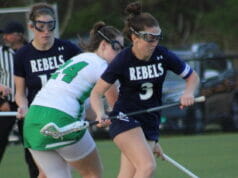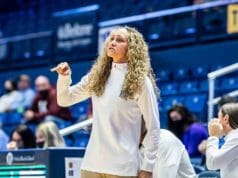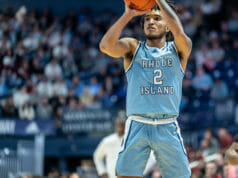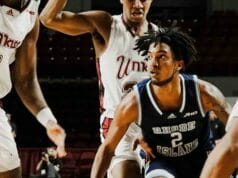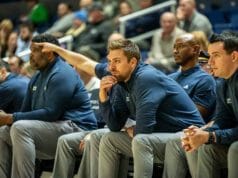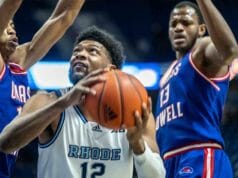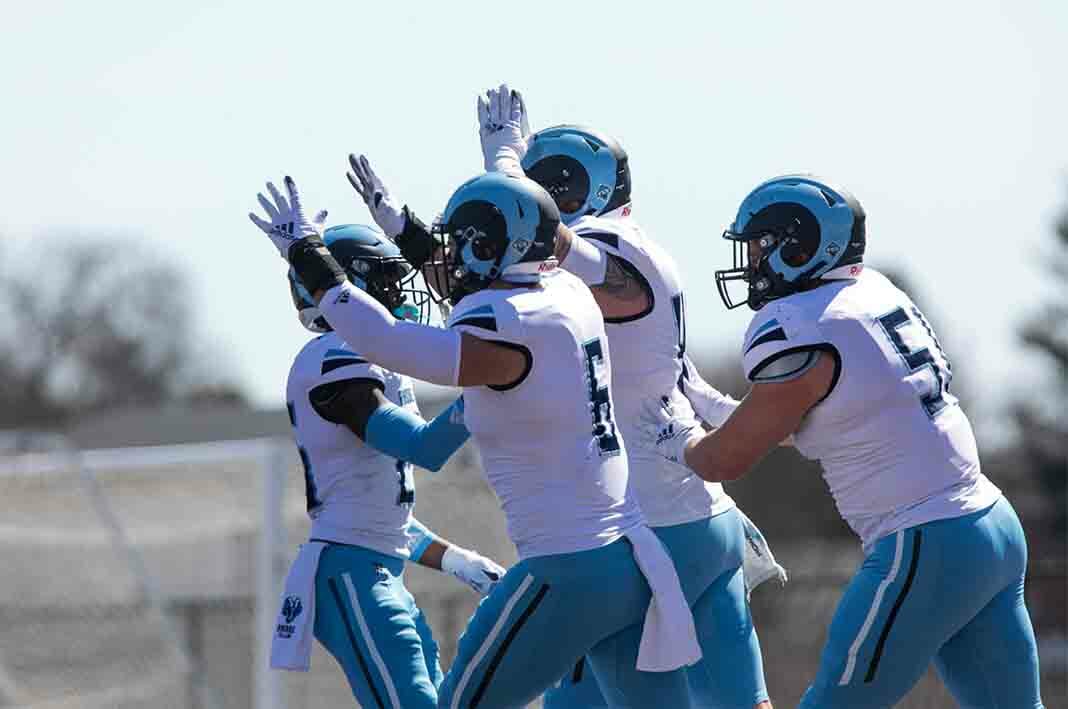
YURVIEW WILL TELECAST URI VS. MAINE FOOTBALL THIS SATURDAY, OCTOBER 30TH AT 1PM. YURVIEW IS COX CHANNEL 4 IN RI.
———————-
The NCAA one-time transfer rule – a major addition to college athletics that was ratified this past spring – holds the promise to be a significant gamechanger.
No longer do student-athletes have to worry about sitting out upon electing to change schools. By the same token, programs have the freedom to address particular areas of need … a quick-as-a-finger-snap restocking of the talent pool that occurs in the nick of time for the following season.
Specifically related to college football and the University of Rhode Island, how do you go about the task of building a roster when the option of a quick fix is available as opposed to the more traditional method of recruiting high school prospects?
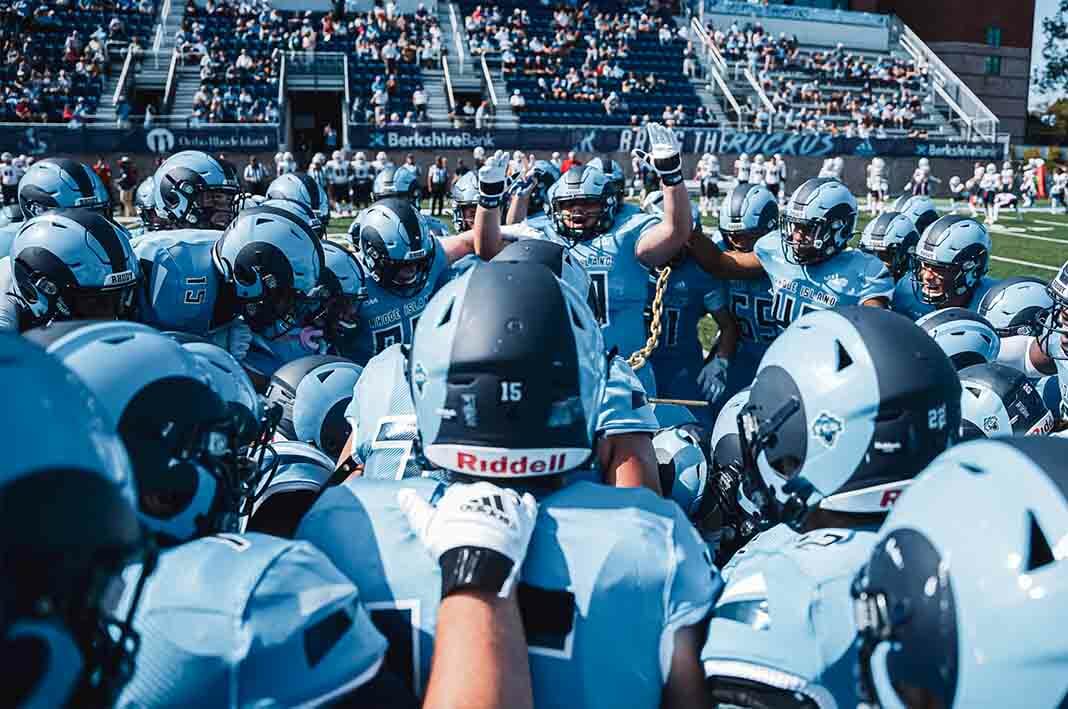
“It’s an open world,” said URI head coach Jim Fleming. “It’s a kid’s choice to do what they want to do, but over time we’ll see how it all plays out.”
For every yin-and-yang proposition, you will unearth a plan that, in this particular case, is rooted in constant monitoring of the NCAA transfer portal. By the time you’re done reading this, a handful of new names might be added to an ever-growing list that stretches well into the thousands by the time the dust settles.
“We’re checking the portal every day,” said Mike Flanagan, the URI associate head coach who serves as the recruiting coordinator. “What’s crazy is that you’ll see players from big-time programs where they’re on the roster one week and then decide to go into the transfer portal.”
Sizing up URI’s 2021 roster, the Rams feature 22 transfers. The breakdown includes:
- 17 players from Division I programs.
- 2 from the Junior College ranks.
- 3 from non-Division I level.
In past years, the Rams tended to lean more on bringing aboard those who previously competed at the junior college level. Now, you can cast a much wider net and bring in players who are seeking to revitalize their careers after spending time at the Football Bowl Subdivision (FBS) level. A perfect example is current Rhody quarterback Kasim Hill, a scholarship athlete from Maryland who transferred to Tennessee and joined the SEC school as a walk-on. Hill entered the portal prior to the 2020 season.
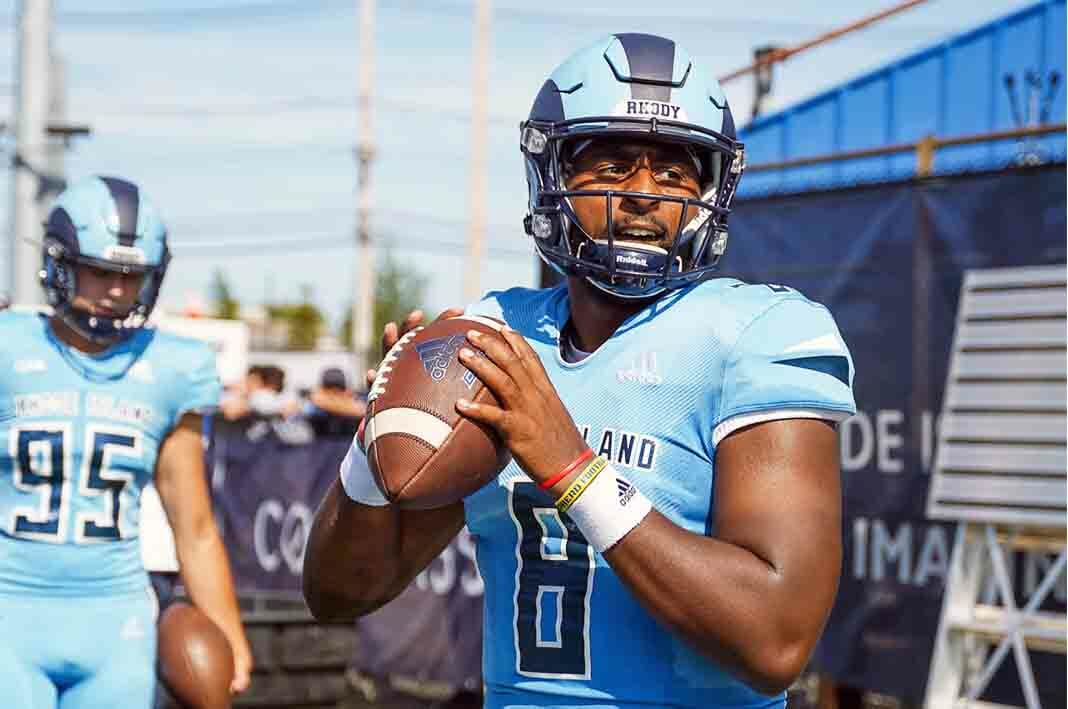
Having spent considerable time in a FBS environment, Hill is what you would call a ready-set-go transfer. Undoubtedly, there’s a learning curve as it relates to adjusting to the culture and standards put forth by the new coaching staff. In terms of familiarity with the day-to-day routine of heading to practice but making sure you’re spending time in the weight room as well as the classroom, a player who transfers with some form of college experience under their belt has a noticeable leg up on a true freshman who might possess all the talent in the world but still needs time to acclimate to the new surroundings.
“Maybe you were a little hesitant to take too many transfers in the past because they have a certain mindset, but Coach Fleming has said if you’re going to come here, you’re going to be part of our culture,” said Flanagan. “It’s big for the growth and development of our team to have guys who have seen other places and take from those lessons what they’ve learned.”
Does it make more sense for college programs to target players with multiple years of eligibility on their side, a redshirt freshman for example?
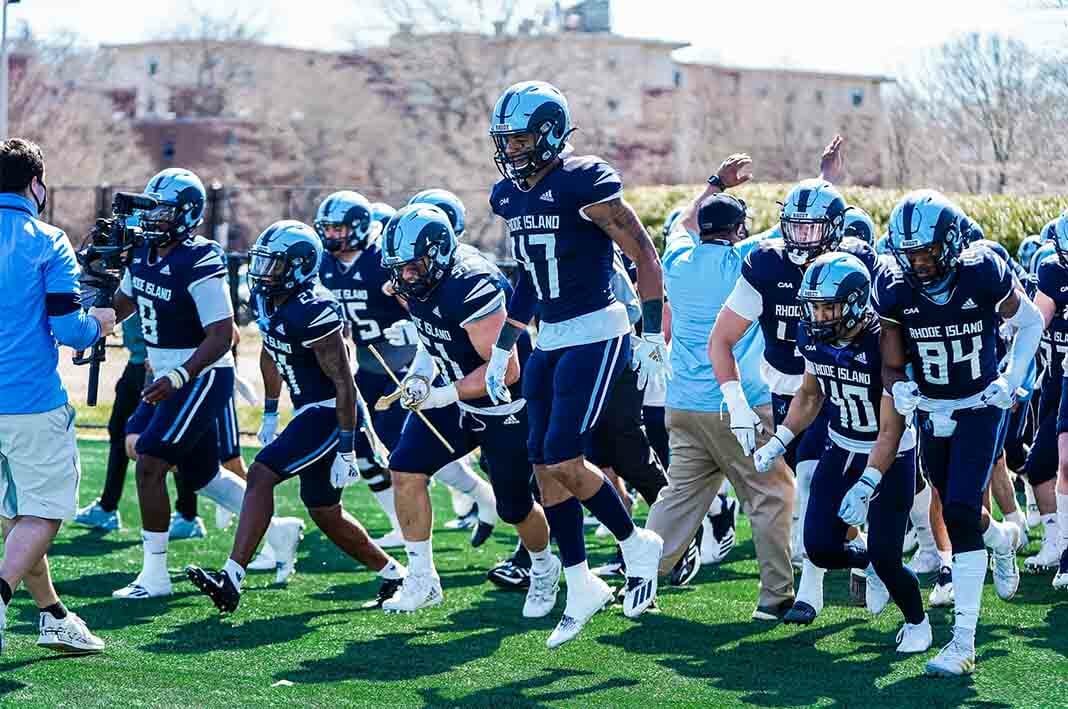
“I still think it’s important to recruit at the high school level. You want to build your foundation with a certain amount of high school guys each year, but you’re not necessarily putting a specific target number where you turn to finding a transfer who may fit the mold a little better,” said Flanagan. “It comes down to what we have at that position. The person we’re bringing in … do they have a chance to beat out the person who’s already here? We might be looking at a freshman running back who may not need more than a year, but in certain situations, can someone from the transfer portal help you right away? There are immediate opportunities where you might not have to wait two or three years down the line.”
Not all the answers to the test can be found in the transfer portal, hence the importance of maintaining strong ties with the high school recruiting world. Still, when there’s a name of note in the portal, Flanagan says it’s imperative that you don’t let the grass grow beneath your feet.
“You make two phone calls. You call the high school coach and hopefully call a staff member from the school he’s transferring from,” said Flanagan. “There are guys at a bigger school who are looking for a new home. You’re going to reach out to the high school coach and use that as a key part in the recruiting process.”
For someone in Flanagan’s position, it’s about walking a fine line between adapting to this brave new world of welcoming aboard players from other colleges who can compete right away and watching a group of first-year players blossom and mature while staying patient with their development.
“It definitely has its benefits. Players don’t have to sit around and wait to be able to graduate if they’re not happy somewhere. Year-to-year, schools have the opportunity to evaluate their roster,” said Flanagan. “There are plenty of moving pieces, but there’s no doubt that it’s changed the recruiting landscape.”


